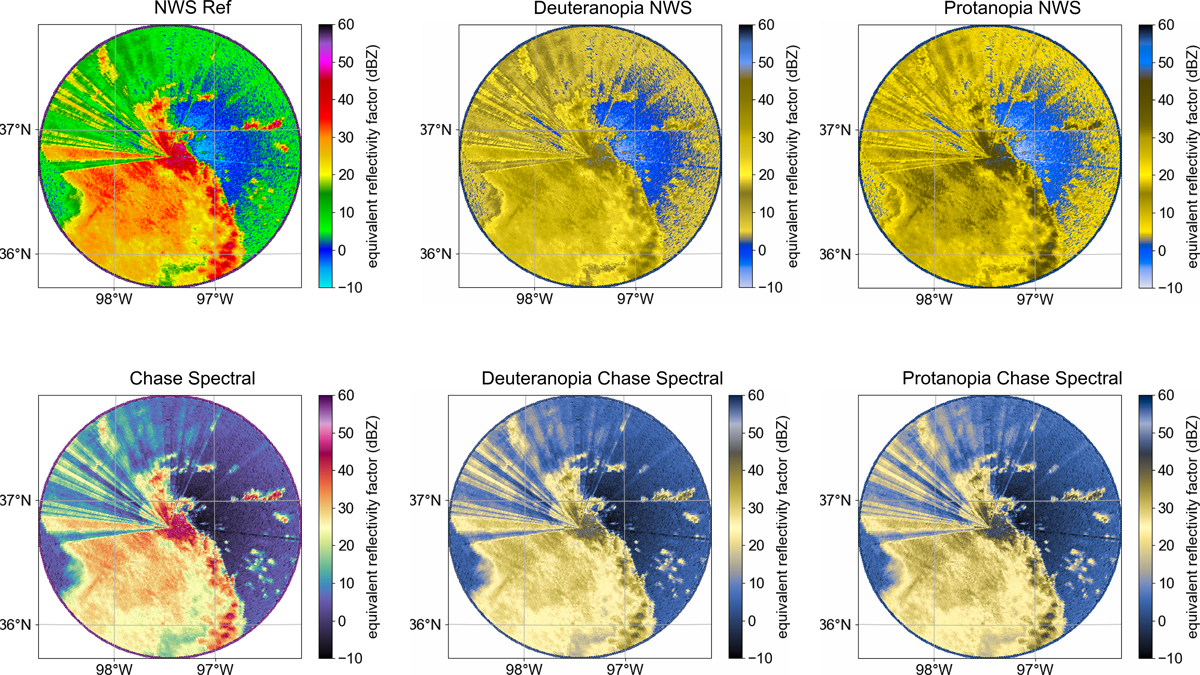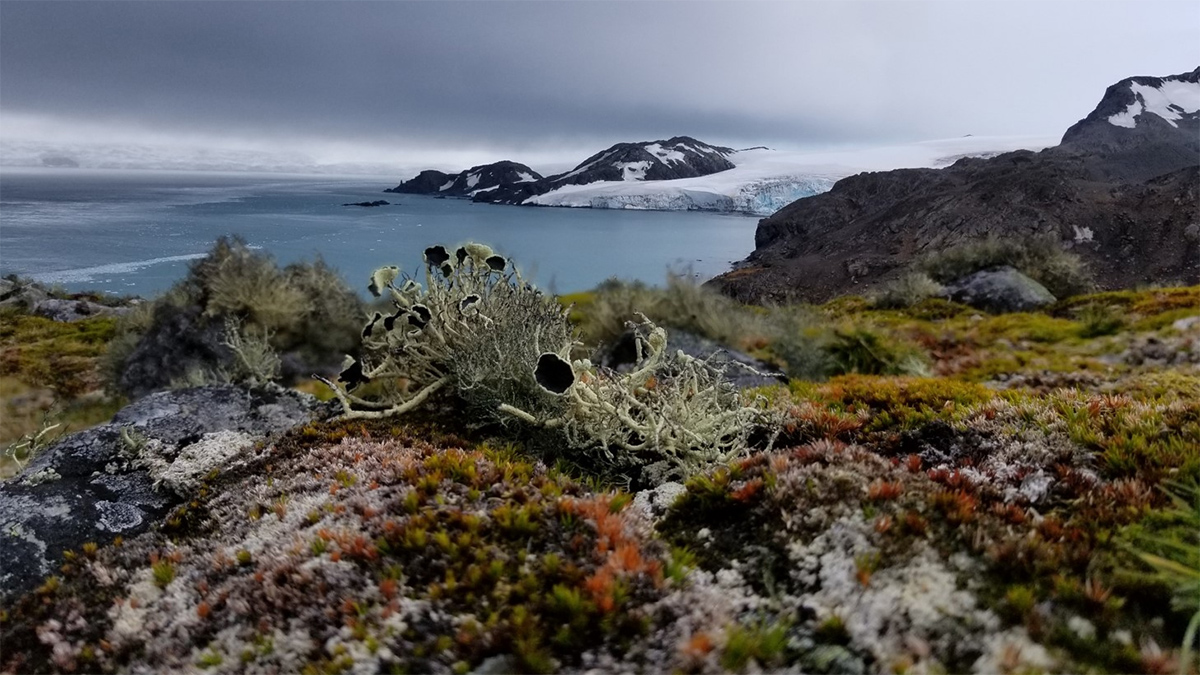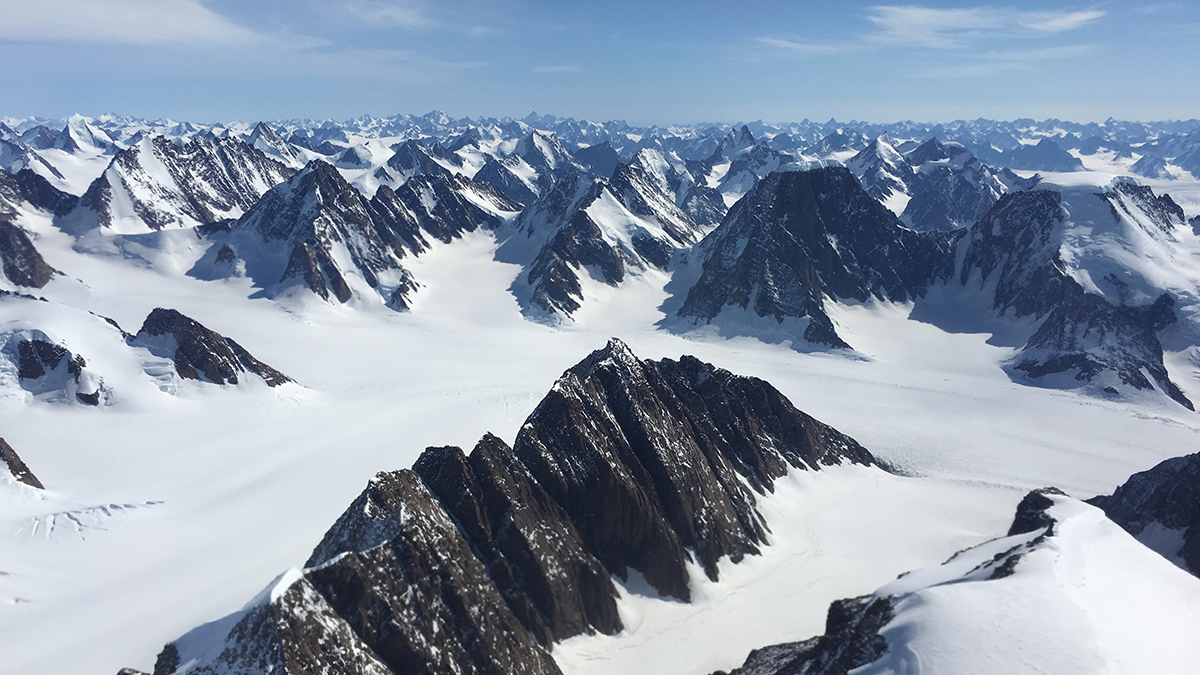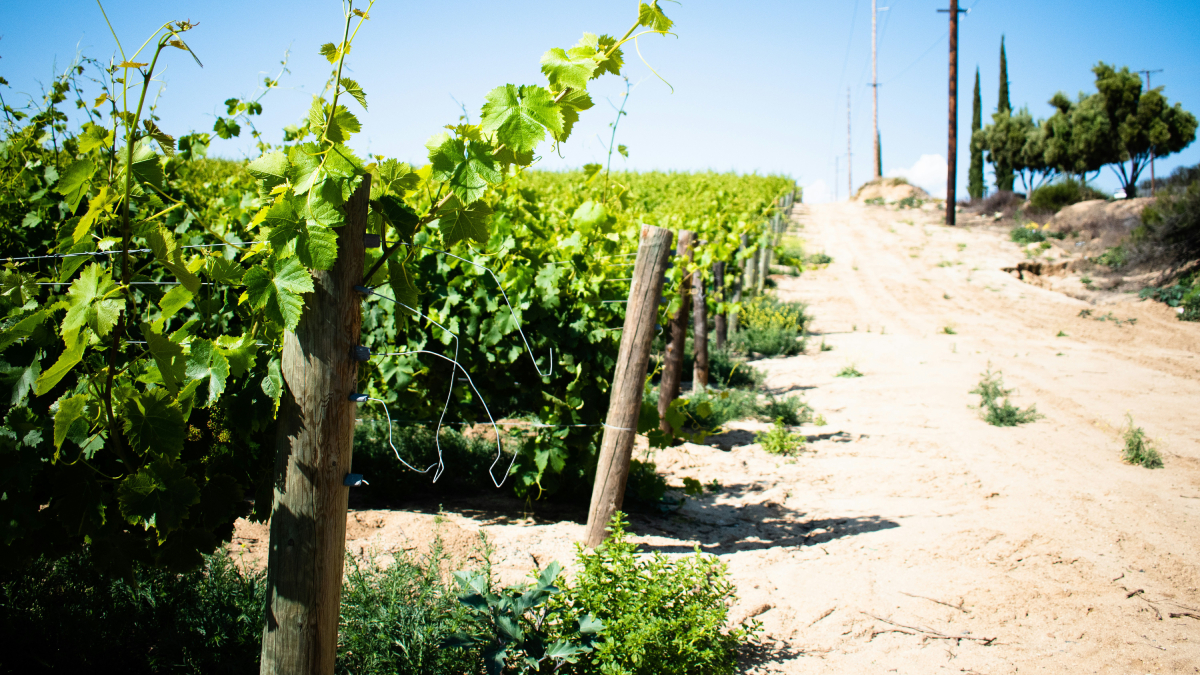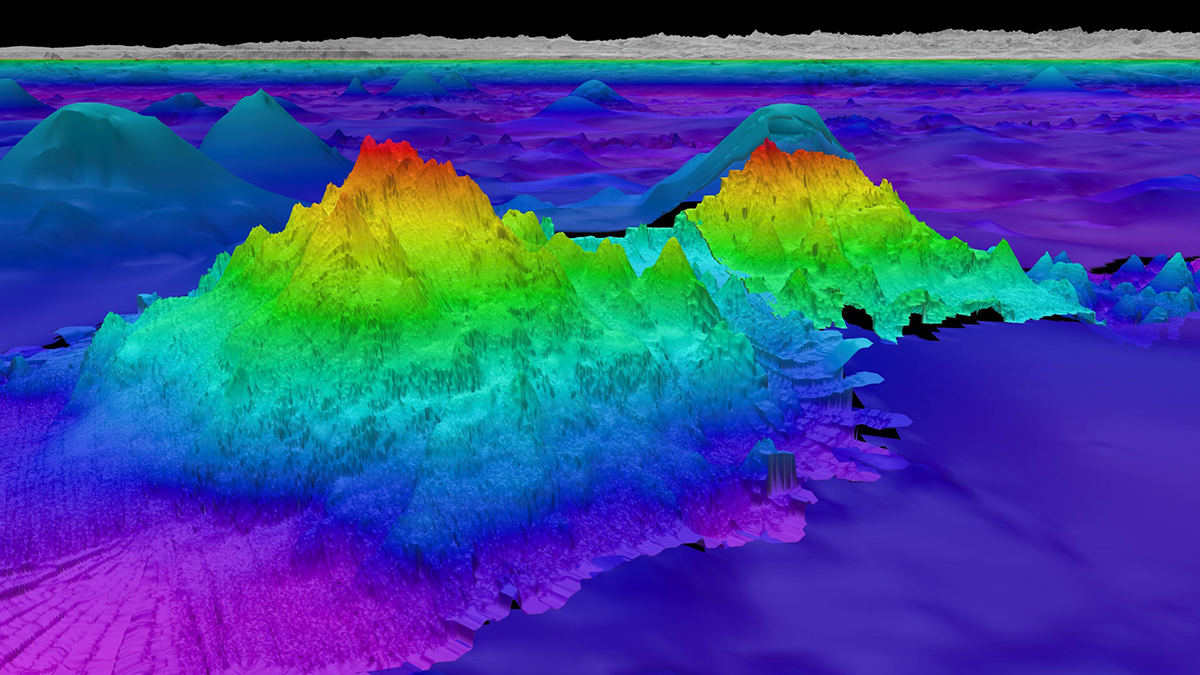New research demonstrates how to make radar maps more easily interpretable for people with color vision deficiency.
mapping
New Map Reveals the Extent of Vegetation in Antarctica
More than 40 square kilometers of vegetation cover Antarctica, including in previously unknown areas. A new map offers fresh insights for conservation amid climate change.
Sensing Remote Realms of the Deep Ocean on Earth—and Beyond
A novel laser-equipped probe is collecting measurements of deep-sea geochemical environments that once seemed impossible to gather, pointing the way toward future explorations of other ocean worlds.
Sedimentary Basins Tell Zealandia’s Ancient Story
New interpretations and mapping of all New Zealand’s offshore sedimentary basins offer clues about the evolution of Earth’s eighth continent.
Finally, Hawaii Gets Its Own Climate Divisions
Researchers have analyzed precipitation patterns in the 50th state to define a long-overdue data set that brings Hawaii into the fold of modern-day climate analyses.
Seals Help Scientists Make Discoveries in Antarctica’s Bellingshausen Sea
By analyzing hydrographic information gathered by seals and an undersea glider, researchers found new meltwater currents, as well as a new seafloor trough.
Beneath the Ice: Greenland’s Geology Revealed in New Map
Advances in remote sensing offered an opportunity to redraw Greenland’s geologic map for the first time in 15 years.
Climate Change Threatens 70% of Winemaking Regions
In regions where natural resources are scarce or economies depend on producing certain wines, adapting and diversifying grape crops is easier said than done.
New Seafloor Map Only 25% Done, with 6 Years to Go
Beneath the waves, the vast majority of the ocean is unknown. Seabed 2030 is using cutting-edge technologies to fill in the bathymetric blanks and fully map the seafloor.

